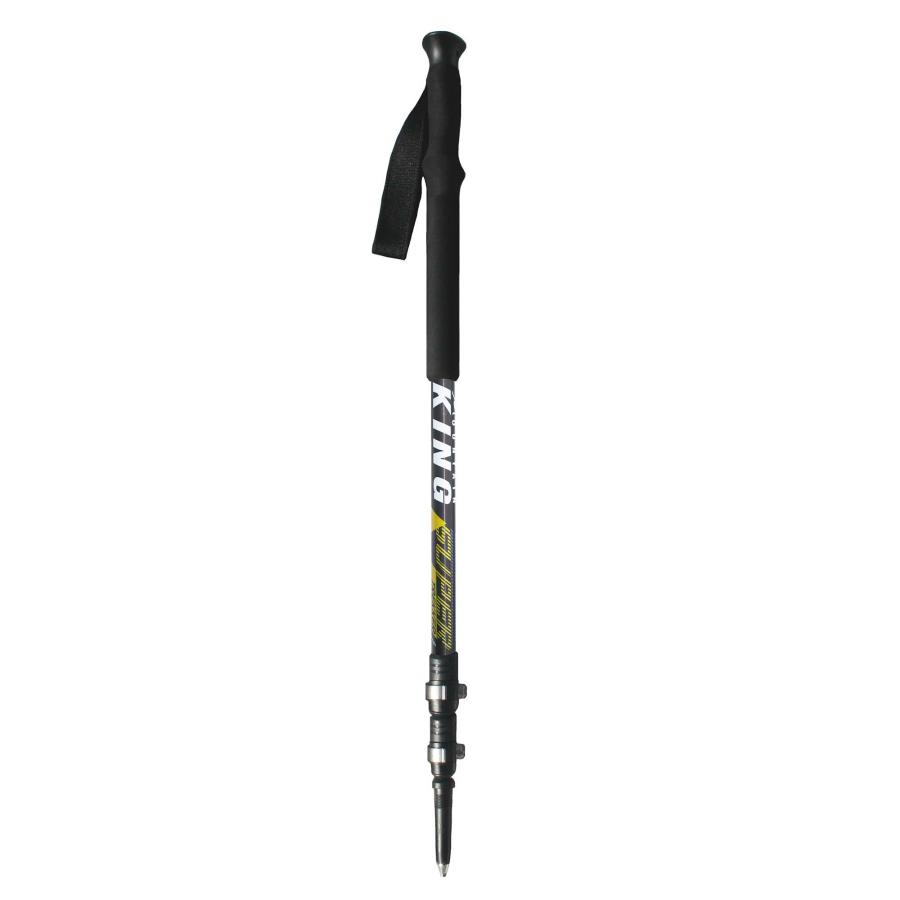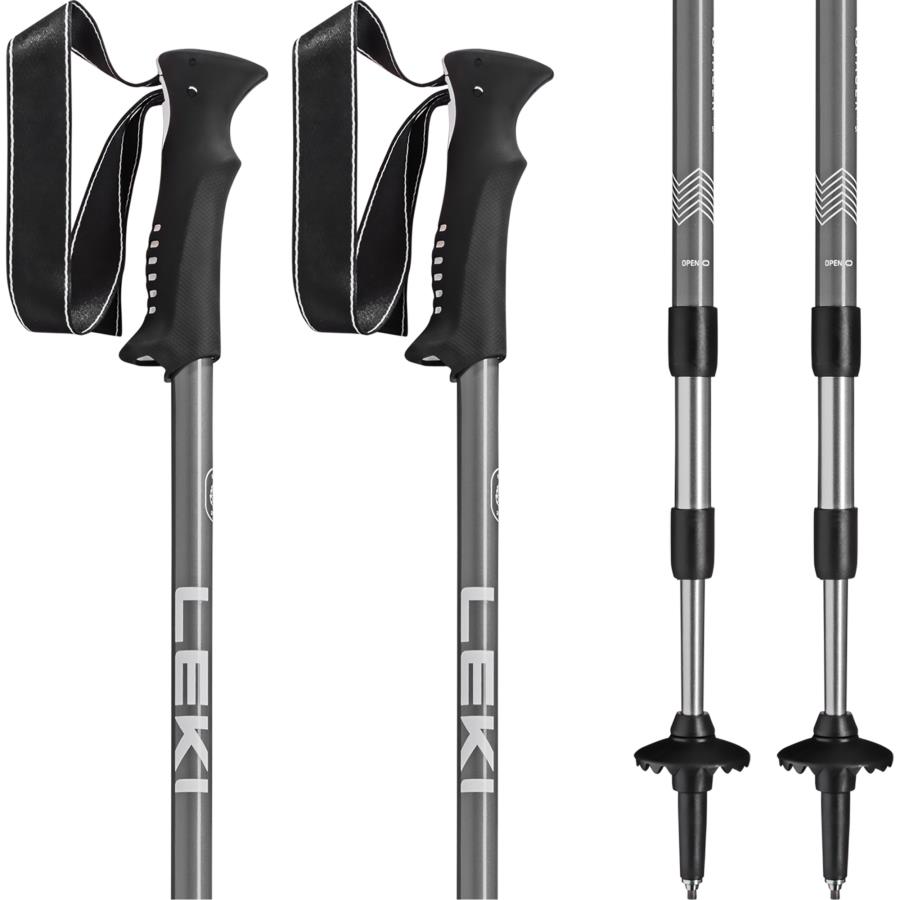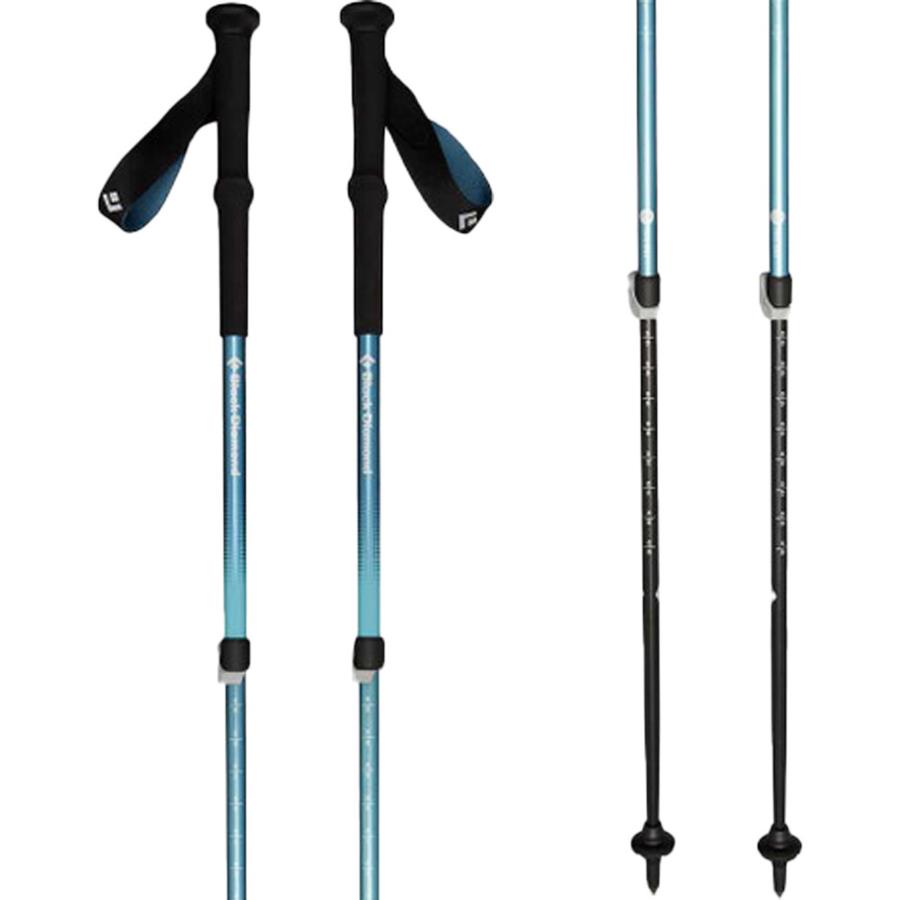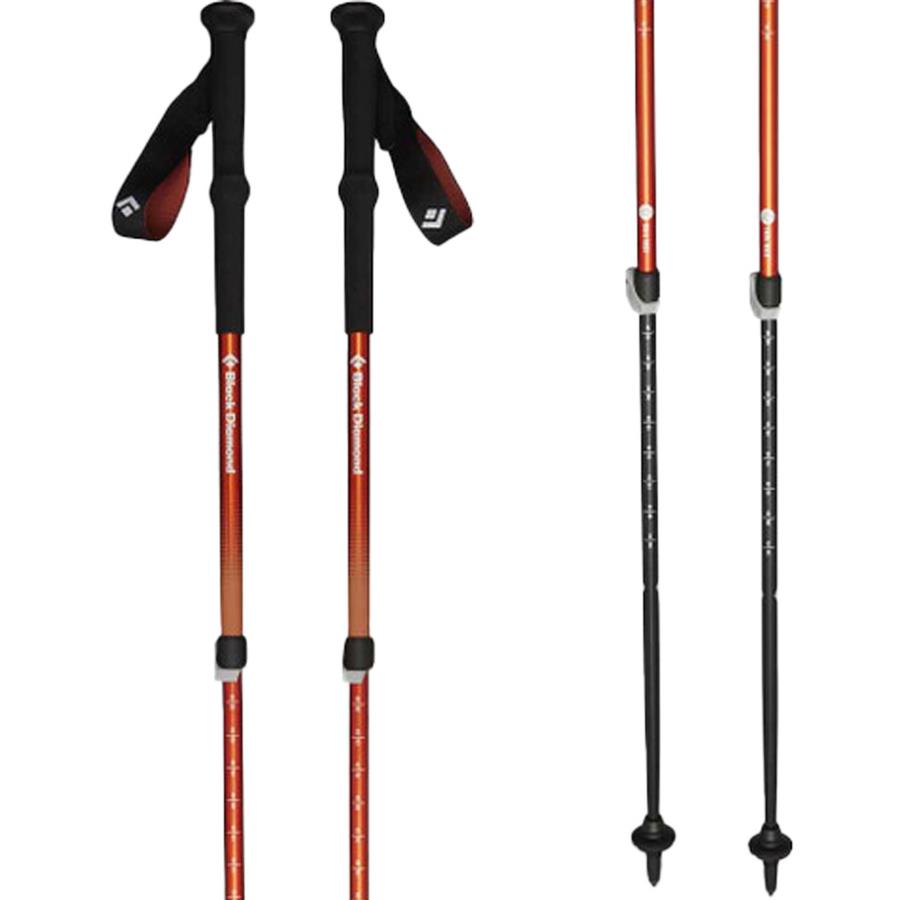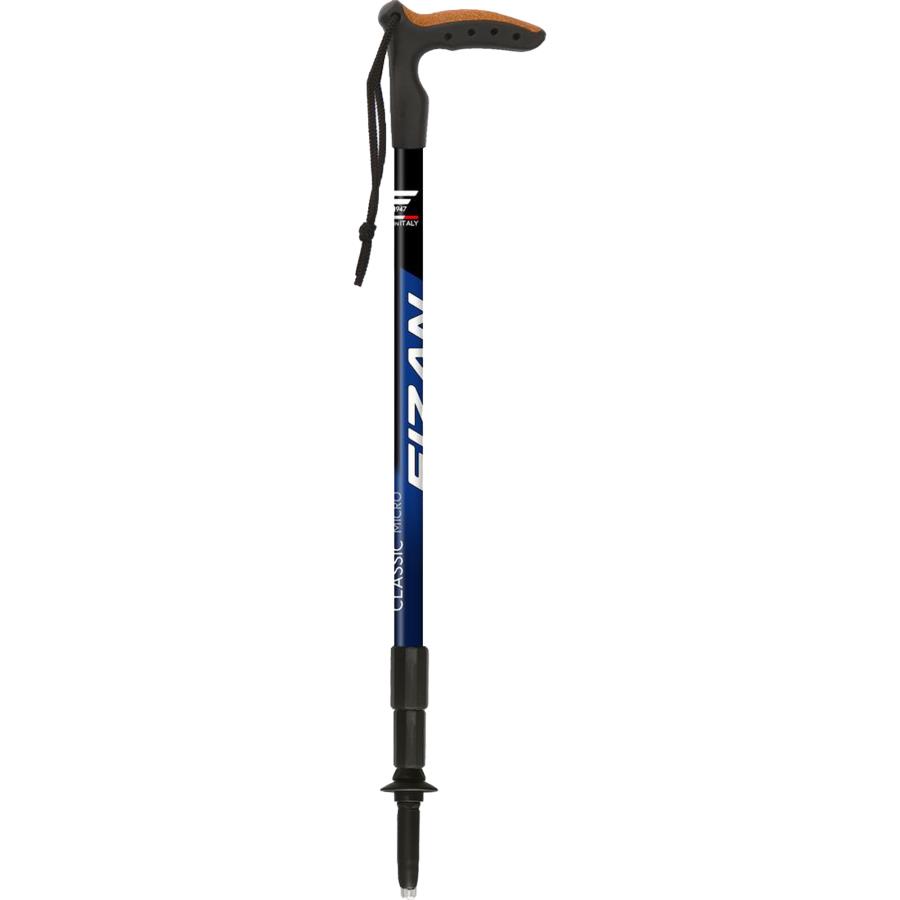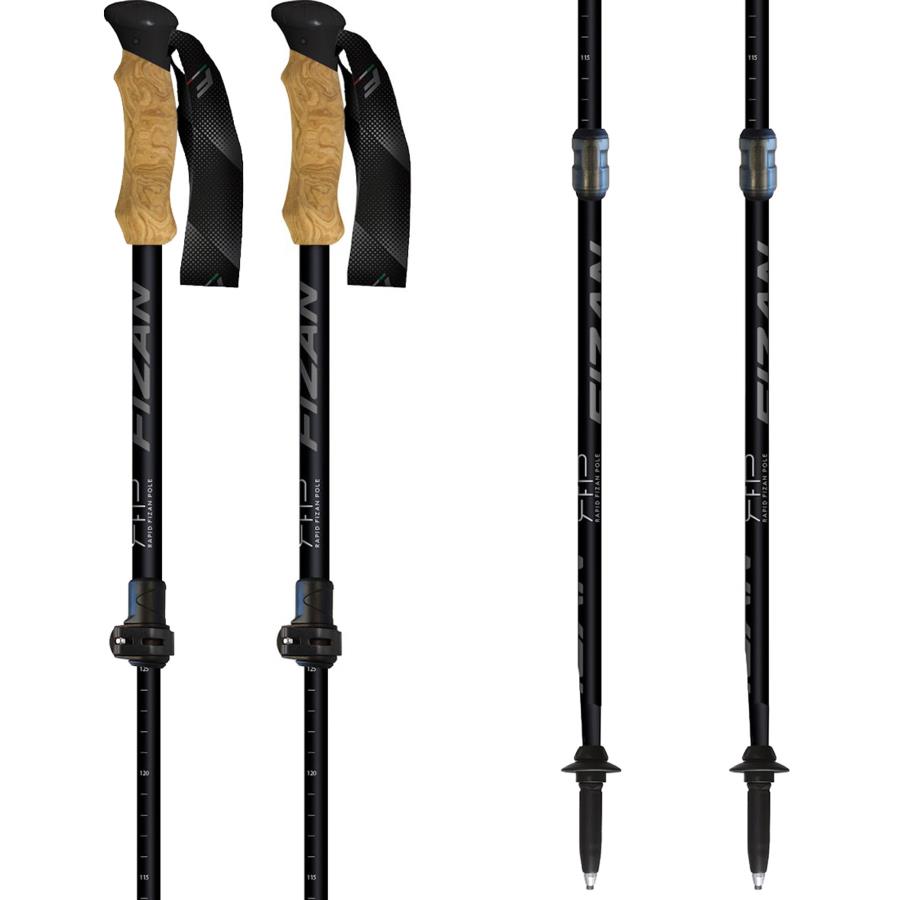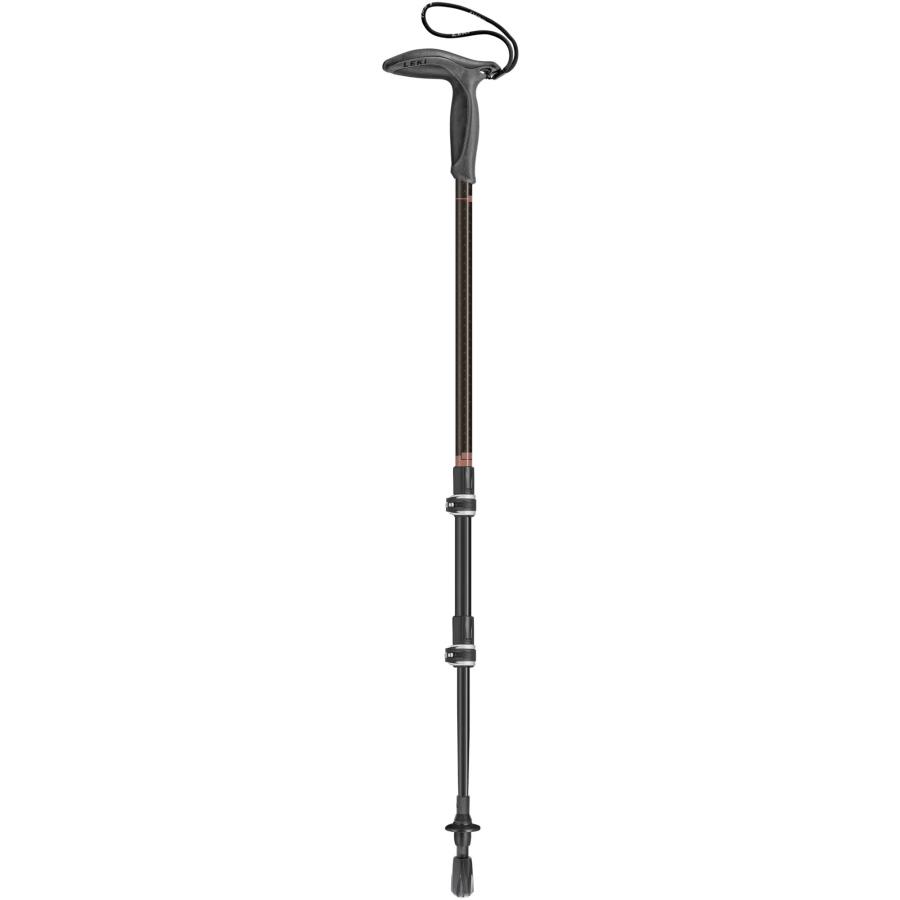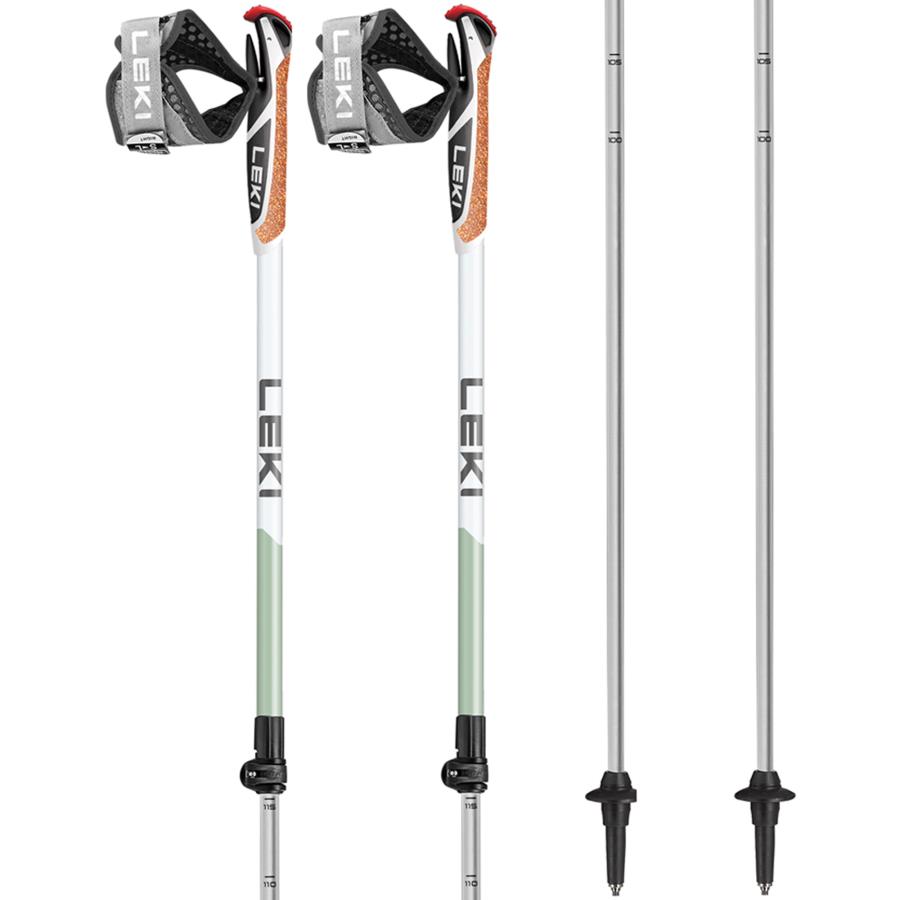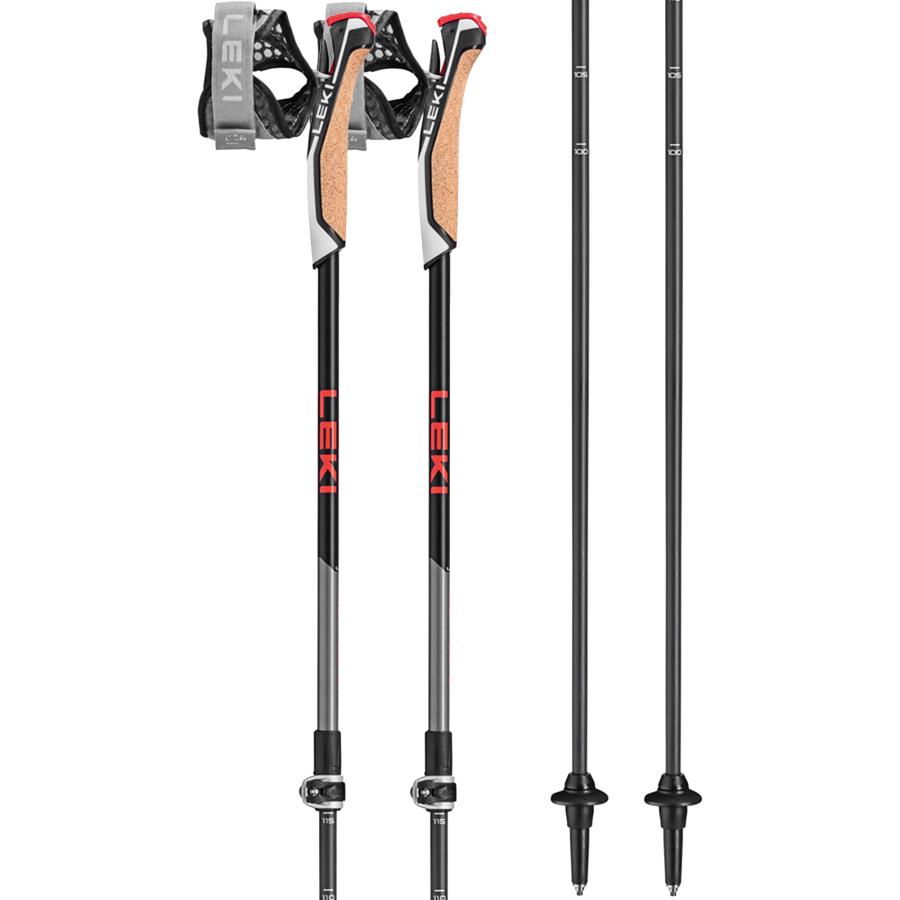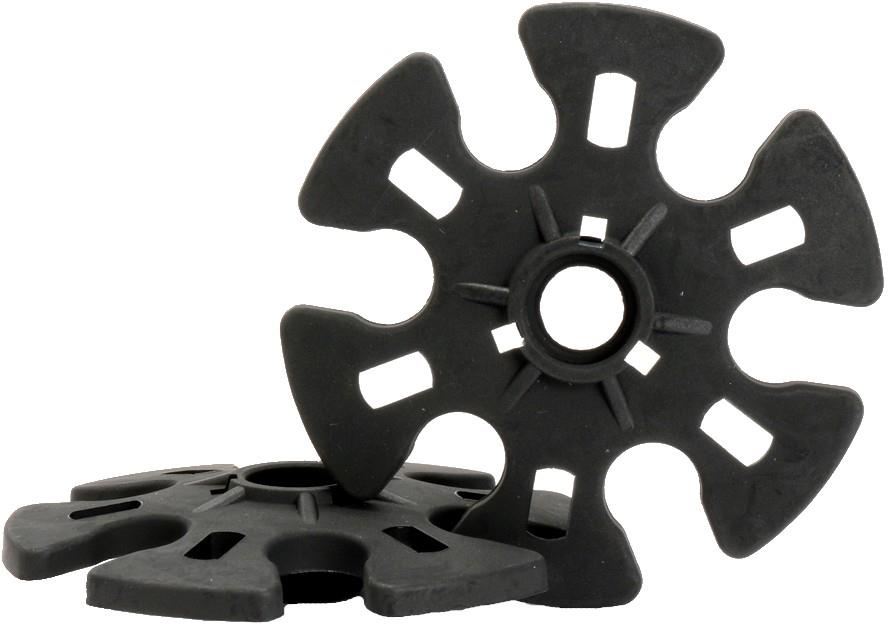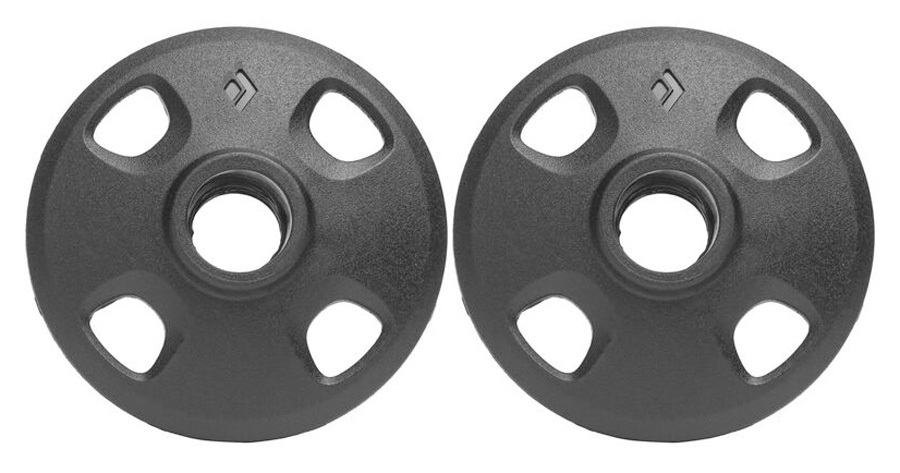The Absolute Guide to Hiking & Trekking Poles
Why use a trekking pole?
Whether it’s an afternoon hike along a riverside trail or a multi-day trek through the Pyrenees, trekking poles are there to give you support; both physically, through balance, stability, and shock absorption, and mentally in the confidence they provide when tackling challenging terrain.
.jpg)
Support
Trekking poles work by giving you more points of contact. Whether used singly or in pairs, trekking poles can help you negotiate steep or loose terrain where you could otherwise lose your balance.
For hill and fell walkers they also lend support and traction when walking in high winds or during water crossings.
Reduced Fatigue
Trekking poles help in spreading the weight burden which reduces impact on your lower limb joints, ligaments, and muscles.
Studies have shown that walking with poles can reduce compressive force on the knee joints by up to 25% (Journal of Sports Medicine, 1999). They can be beneficial for hikers who experience knee issues or those carrying heavy packs – especially when tackling long downhill stretches or over longer routes where that extra bit of energy saved can make all the difference.
Propulsion
If used correctly, poles can help you settle into a ‘rhythm’ as you walk. Much in the same way as Nordic or cross-country skiing, each plant can be used to add momentum to your gait for added efficiency. They can also be used with eyeleted tarps to create quick rain or sun shelters for minimalist campers. …And if that isn’t enough they’re also handy for scraping the mud off your boots and pointing out stuff in the distance.
Construction
Construction falls into 3 categories:
Aluminium:
• Robust – greater flexibility and better able to stand up to knocks and scrapes. Typically bend before they break
• Heavier construction than carbon
• Less expensive than carbon
Follow the link to see our full range of Aluminium construction trekking poles.
Carbon Fibre:
• Lighter & typically thinner than aluminium
• Stiffer
• Strong yet doesn’t handle impacts like aluminium. Will break before they bend
Follow the link to see our full range of Carbon construction trekking poles.
The third option, though not as widespread, is a hybrid construction that blends the two materials. One example would be to use carbon in the upper sections for reduced weight with aluminium in the lower impact zone. The Komperdell C3 Carbon Power Lock offers such a solution to deliver the best of both designs.
Adjustable Or Fixed Length Poles?
Fixed-length poles can offer a lighter weight due to their simple design which removes adjustment systems. These are great for those looking for a more basic pole to use over moderate/flatter terrain.
They also work well for ultra-marathon runners wanting quick assembly with an ultralight design. While they can still be compact enough to fit in a backpack, the lack of adjustment means you’ll want to be sure about the size you need. See our pole size guide to discover your perfect size.
Adjustable poles offer a greater degree of versatility – ideal for variable or soft terrain with multiple pitches. Adjustment lets you:
• Find your perfect fit
• Increase or decrease the pole’s length to suit pitch or ground type
• Switch between users should you desire
Adjustment systems vary between brands, but generally comprise a telescopic section with marked cm increments and a secure locking system.
Locking systems fall into two groups: internal twist lock and external lever lock systems. All offer fast and secure methods of adjustment and it generally boils down to personal preference in your choice of design.
What Is Anti-Shock?
An underrated feature of modern trekking poles is the shock absorption system. While designs vary across brands, the principle is to dampen the impact of pole strikes to give you less rebound. Anti-shock systems range from rubber collars in the lower or upper shaft sections that compress with impact, all the way to internal spring systems.
Anti-shock systems can reduce impact by up to 40%, which in turn reduces fatigue to the arms and shoulders – particularly beneficial during steep descents or for those carrying heavier loads.
Some models offer the option of turning on/off the anti-shock for greater versatility. Again, it’s a matter of personal preference with some hikers preferring a more precise feel in their pole placement with the support of a stiffer pole.
.jpg)
Compact Designs
Gone are the days of fixed length 1 piece poles. Modern designs can see trekking poles folding to under 40 cm making them small enough to stow in a pack or carry-on. Folding poles offer a range of sizes in 2, 3 or 4 piece collapsible designs. Most use an internal connecting shock-cord for a quick assembly. Some designs lock into place by pulling the cord and locking it into the grip. Others by means of a telescoping mid-section that locks into place, adding tension to the cord.
Which Grip Is Best?
There’s no one answer to which is the best handle to use. Grips and handles comprise one of three materials - all with their own pros and cons. It’s all about where you intend to hike, when, how far and how often.
The three constructions are:
• Rubber
• Cork
• Foam
In general, rubber grips carry a minor weight penalty given their density. They can also get sweaty in warmer climes. On the plus side they can be cheaper and more robust in the long term.
Cork grips offer a more natural feel with a lighter weight that absorbs some sweat giving them the edge on comfort. Slightly less durable than rubber handles.
Foam grips are the lightest and deliver the greatest comfort of the three making them great for longer diatance routes. Not quite as durable as cork or rubber. They can absorb moisture making them less ideal for wet weather conditions.
Look for an ergonomic design that works with the angle of the hand to deliver the most power transmission with the least strain.
Extended grips are useful for challenging pitches where you may want a varying pole length on the move without stopping to adjust the height.
A great way to protect your hands from blisters or chafing is to invest in a lightweight pair of walking pole gloves. These give you a tough layer of protection between you and the pole. These are great for longer distance routes – especially over steeper, rockier terrain where hands can get sore.
Baskets & Accessories
A basket is there to prevent the pole from sinking in softer ground. The softer the ground, the wider the basket you’ll need. Most trekking poles come with a standard trekking basket – that is a smaller diameter basket for firmer ground types.
When travelling in wet, boggy ground or especially snow conditions you’ll need to make sure your baskets give you the maximum return for effort; otherwise you’ll constantly be expanding energy pulling them free. Baskets are typically interchangeable and it pays to carry a spare pair when heading out on longer routes.
Rubber walking pads fit over pole ends to protect tips when walking on hard ground. This increases life span by decreasing the wear and tear caused by rough surfaces. It also dampens impact and reduces noise.
Check out our full range of Accessories & Spares for trekking poles.
Check out our full range of Walking & Trekking Poles today!
Need further advice? We're here to help!
Check out our Buying Guides for technical tips and tricks.
Visit our Help Centre to speak to our experts.
